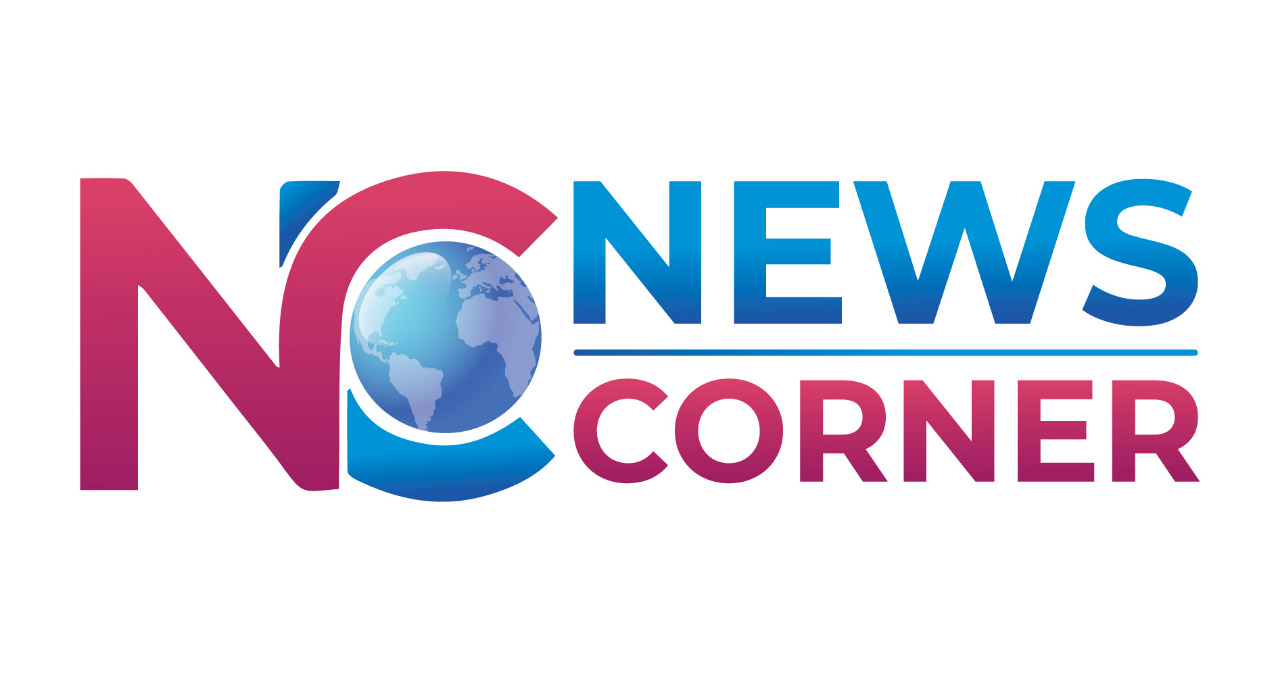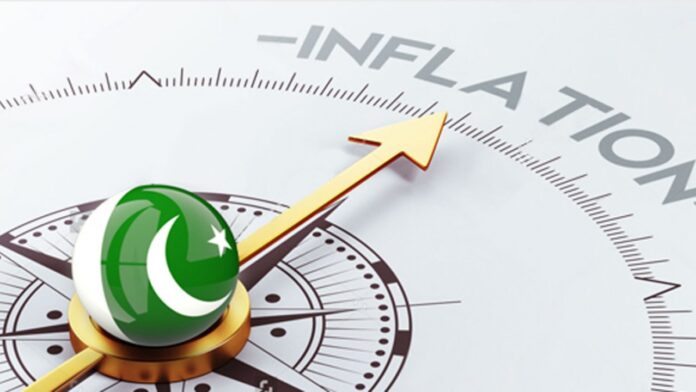In May 2023, the inflation rate in Pakistan, measured by the consumer price index (CPI), reached a historic high of 38% on a year-on-year (YoY) basis. This is the highest rate since July 1965, excluding a few years for which monthly records were unavailable.
Data from the Pakistan Bureau of Statistics (PBS) revealed that CPI-based inflation stood at 36.4% in April 2023, with a month-on-month (MoM) increase of 1.6% in May.
A report by brokerage firm Arif Habib Limited highlighted that the average inflation for the first eleven months of the fiscal year 2022-2023 (11MFY23) reached 29.2%, a significant rise from the 11.3% recorded in the same period of the previous fiscal year (11MFY22).
The urban areas experienced a staggering 48.1% rise in food inflation in May 2023 compared to May 2022, while the rural areas saw a year-on-year increase of 52.4% in consumer prices.
Sana Tawfiq, an economist at Arif Habib Limited, acknowledged the record-high inflation levels, noting a 1.6% month-on-month increase. Tawfiq attributed this rise primarily to elevated food, household items, and clothing prices.
Furthermore, Tawfiq cautioned that core inflation, which excludes volatile items like food and energy, continued to rise and surpassed 23% yearly in the previous month.
Looking ahead, Tawfiq predicted a moderation in headline inflation figures starting from June onwards due to the base-effect phenomenon. However, she identified domestic food and energy prices and potential currency devaluation as significant risks to overall inflation.
Comparatively, Pakistan’s 38% inflation rate in May surpassed that of Sri Lanka, which recorded an annual inflation rate of 25.2% during the same period.
The upward trend in inflation began earlier this year when the government implemented challenging measures as part of fiscal adjustments mandated by the International Monetary Fund (IMF) to unlock suspended funding, which is yet to be disbursed.

